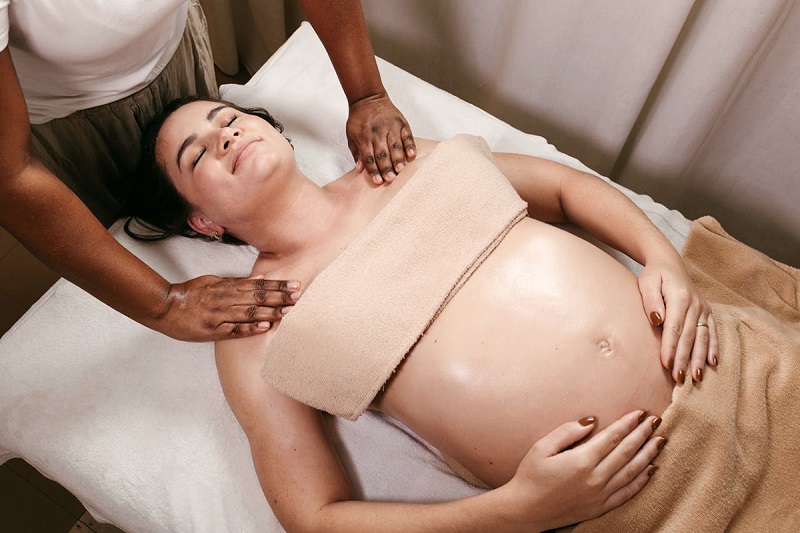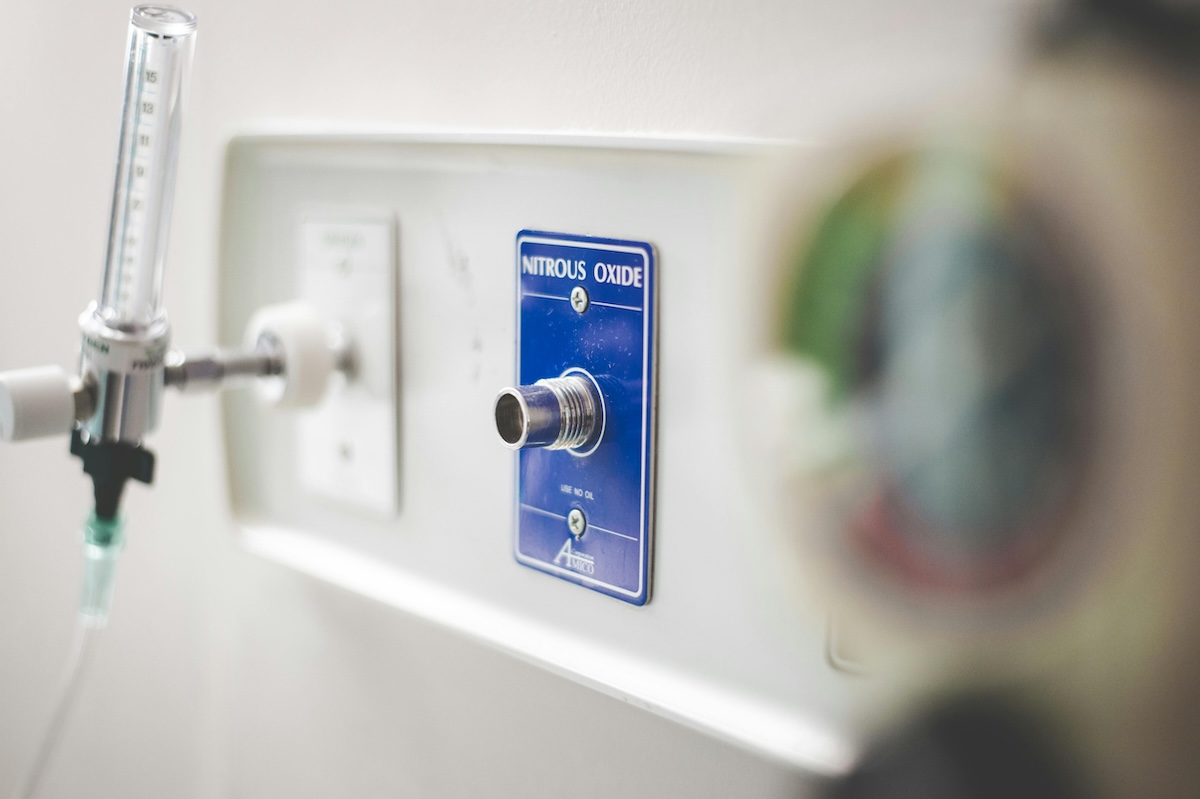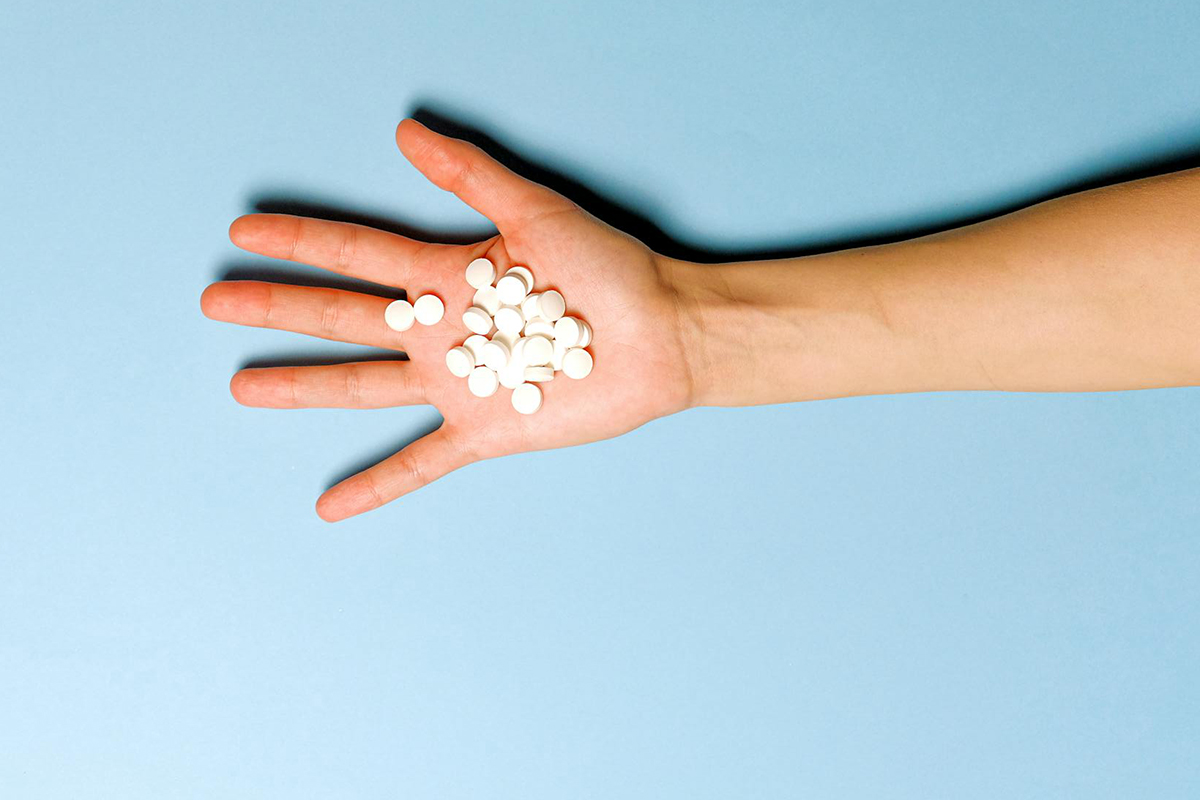What is the evidence behind perineal massage to avoid tears during labor? Is there any?
— Maria
Your perineum is the area between the vagina and anus. During a vaginal delivery, it is the area in which vaginal tearing is the most common. The idea with perineal massage later in pregnancy is to stretch the perineum in advance, so it is less likely to tear significantly during labor.
Perineal massage is something you can do on yourself, generally starting around 34 weeks of pregnancy. This article has a nice step-by-step guide, but, basically, you get naked and use your fingers in the vagina to stretch the opening. It’s not the world’s most relaxing massage.

However, there is some evidence that this reduces the risk of more serious tears and the risk of having an episiotomy. There are a number of small randomized trials. For example, here is one published in 1999 that randomized about 1,500 women into a massage or control group. They found for women without a previous vaginal birth, the chance of delivery without tearing increased from 15% to 24% (notably, though, this study did not find effect for people who had already had a vaginal birth). A more recent (2019) study found a lower risk of tearing and episiotomy in the massage group.
Most individual studies of this are very small, so it is helpful to have meta-analyses or review articles that bring them together.
A 2013 Cochrane Review pulled together four randomized trials of this and argued that massage decreased the incidence of trauma needing sutures, although only in women without a prior vaginal birth. A less formal review from 2023 includes more recent data and argues it consistently points to less pain and tearing and less risk of episiotomy.
Bottom line: There are many more than one randomized trial! The impacts here are not enormous, but they are meaningful for women without a prior vaginal birth. And this isn’t a difficult intervention to do (and it has no risks), so it is worth a try.
Community Guidelines



















Log in
My partner helped me do it, and I think more than preventing tearing it helped to reduce my anxiety. I was able to get used to feeling what the stretching sensation was like, helping me to differentiate it from actual tearing.
Anecdotal, but… My sister had a very traumatic delivery with her first, with extensive tearing in the front and back, so I was expecting the worst. I started the massage at 36 weeks using a commercially-available “massage wand”. I was induced at 39 weeks, had an epidural, a biggish baby, and didn’t need one stitch. I also had an amazing nurse/midwife deliver my baby, and she might have had some tricks up her sleeve.
It definitely helped me not tear where I had massaged (really, my partner did it for me which made focusing on the relaxing way easier than doing it myself). I did still tear, though, and am now on a mission to raise awareness about periurethral tearing, which I had never heard of and is what they call it when the tear happens at the top instead of at the bottom of the vagina. I’m super curious if I could have avoided this tearing by stretching all the way around the vagina instead of just the bottom half.
the only data point I have is myself, but perineal massage worked for me. I started it around 35 weeks. I had precipitous labor at 37.5 weeks. I think what was most helpful for me was that I understood how to relax those muscles from practicing during the massage. I needed just one stitch and the docs and nurses were astonished given that I had labored for less than 2 hours (start of contractions to baby boy).
I wonder what the effects of epidural and sensation have on tearing. Also I wonder if people engaging in perineal massage are already in a mindset of birth preparation and learning how to advocate in the second stage.
I don’t have any data, but the anesthesiologist at our hospital said that epidurals didn’t have any impact on tearing.
The OB who delivered my baby explained it to me that with an epidural, because you’re not experiencing such acute pain, you can push in a slower, more sustained manner that allows the skin to stretch. Instead pushing really fast and hard. She seemed to believe that the slower stretch push decreased tearing. I didn’t have any tearing (and actually didn’t do perineal massage) but who really knows what that was due to.
I had gone to a physical therapist leading up to the birth and they suggested perineal massage. When the docs came in during labor and delivery, they were very annoyed that I’d had perineal massage and said that it had caused inflammation or something? I can’t exactly remember but they seemed to suggest it was counterproductive. Aside from the poor bedside manner in communicating this to a freaked out first time mom in delivery, it was frustrating to feel like two medical professionals, and the research, seemed to have strongly opposing views on the benefits of this practice.